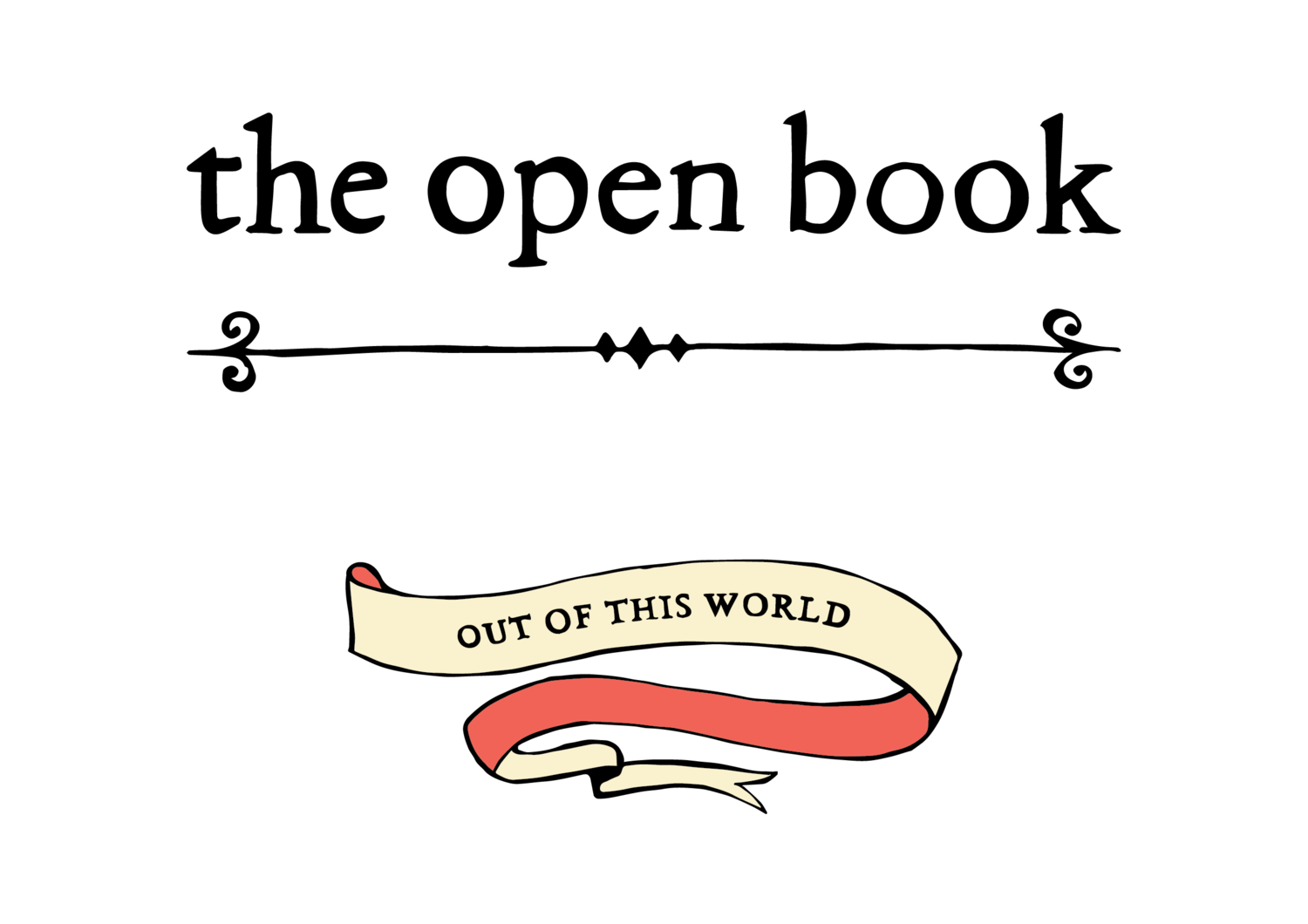We switched Paywave back on at the bookstore recently, and now have a surcharge for that and credit card payments to cover the additional bank fees.
Having Paywave really does increase the number of people using credit cards and reduce the number of people using EFTPOS. Long-term blog readers will remember that I have looked at this before here and here, when we got rid of Paywave in early 2017 because it cost too much.
The data shows that:
In 2016, turning off Paywave increased EFTPOS payments to 51 per cent of total revenue, up from 41 per cent.
In 2022, the effect was even bigger, with EFTPOS payments accounting for 44 per cent of revenue when we offered Paywave (now with a surcharge) and over 60 per cent when we did not.
On the next, rather complicated chart, we can see that:
The increase in the proportion of people paying by EFTPOS reflects a reduction in the proportion of people who pay by credit cards, ie, it doesn't make a difference to the proportion that pay by cash.
The impact of having Paywave is much bigger in 2022 than it was five years ago. Presumably this is because more people have Paywave-capable cards than they did in 2016. But it is also because card payments in the bookstore now make up about 80 per cent of the total in 2022, compared with only about two thirds of revenue in 2016.
The surcharge of equanimity
We like EFTPOS because it is a fixed cost. The store pays a monthly fee to have the service and to rent an EFTPOS terminal, and we pay the same amount regardless of the number of transactions. But credit card payments and Paywave are charged as a proportion of revenue, so the more they are used the more they cost us. Hence the additional fee.
Our surcharge is two per cent on payments by Paywave and credit cards. It definitely encourages some people to swipe rather than pay by credit card: I have seen them change their minds at the counter. But clearly most people are happy to pay a bit extra to the bank for the privilege of tapping and going. About twice as many people use credit cards now than before we offered Paywave.


